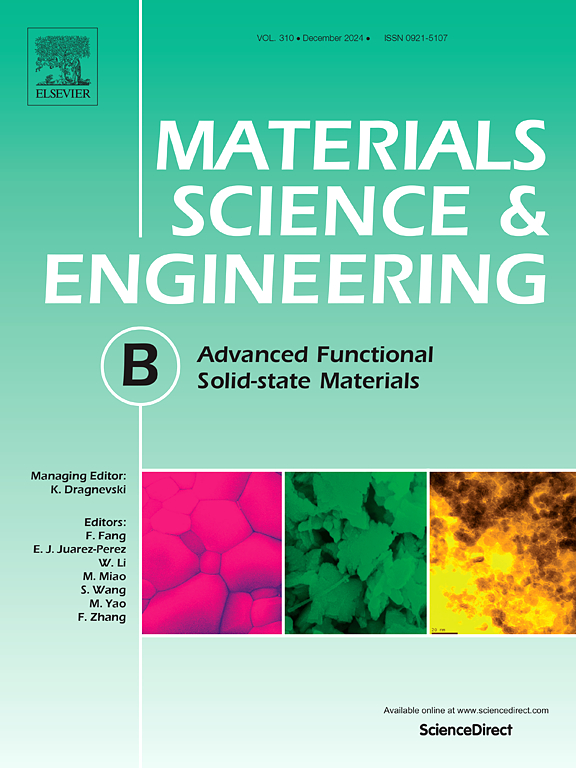Electrochemical detection of bisphenol A in milk using copper/copper oxide-decorated N-doped carbon derived from copper-triazole/bacterial cellulose hybrids
IF 3.9
3区 材料科学
Q2 MATERIALS SCIENCE, MULTIDISCIPLINARY
引用次数: 0
Abstract
Metal-organic frameworks (MOFs) based on copper-triazole (Cu-MOF) were grown in situ on bacterial cellulose (BC) membranes to achieve highly dispersed MOF@BC hybrids to be used in electrochemical sensing applications. The Cu-MOF@BC hybrids were then used to obtain carbon structures decorated with Cu-species and N-dopants (Cu/CuO-N-C). The Cu/CuO-N-Cs were then used as electrocatalysts for detecting bisphenol A (BPA), also known for its endocrine disturbing effect. Bacterial cellulose (BC) support with abundant oxygen-containing groups enabled the growth of highly distributed MOF nanoparticles. In addition, the copper clusters incorporated in the MOFs showed remarkable conductivity. The sensors yielded a wide linear range of 1.0–11.0 µM with a low detection limit of 30.5 nM against BPA. The sensors indicated good stability, selectivity, and reproducibility. The real sample experiments were conducted in milk, and the recoveries were measured between 102 % and 89.8 %, suggesting the applicability of the sensors for detecting BPA in real samples.

求助全文
约1分钟内获得全文
求助全文
来源期刊

Materials Science and Engineering: B
工程技术-材料科学:综合
CiteScore
5.60
自引率
2.80%
发文量
481
审稿时长
3.5 months
期刊介绍:
The journal provides an international medium for the publication of theoretical and experimental studies and reviews related to the electronic, electrochemical, ionic, magnetic, optical, and biosensing properties of solid state materials in bulk, thin film and particulate forms. Papers dealing with synthesis, processing, characterization, structure, physical properties and computational aspects of nano-crystalline, crystalline, amorphous and glassy forms of ceramics, semiconductors, layered insertion compounds, low-dimensional compounds and systems, fast-ion conductors, polymers and dielectrics are viewed as suitable for publication. Articles focused on nano-structured aspects of these advanced solid-state materials will also be considered suitable.
 求助内容:
求助内容: 应助结果提醒方式:
应助结果提醒方式:


